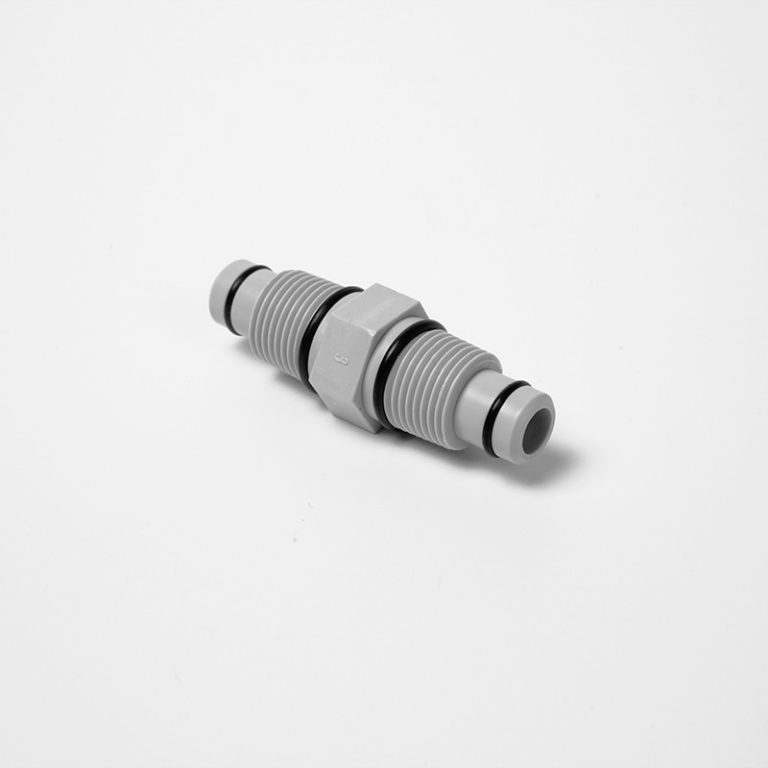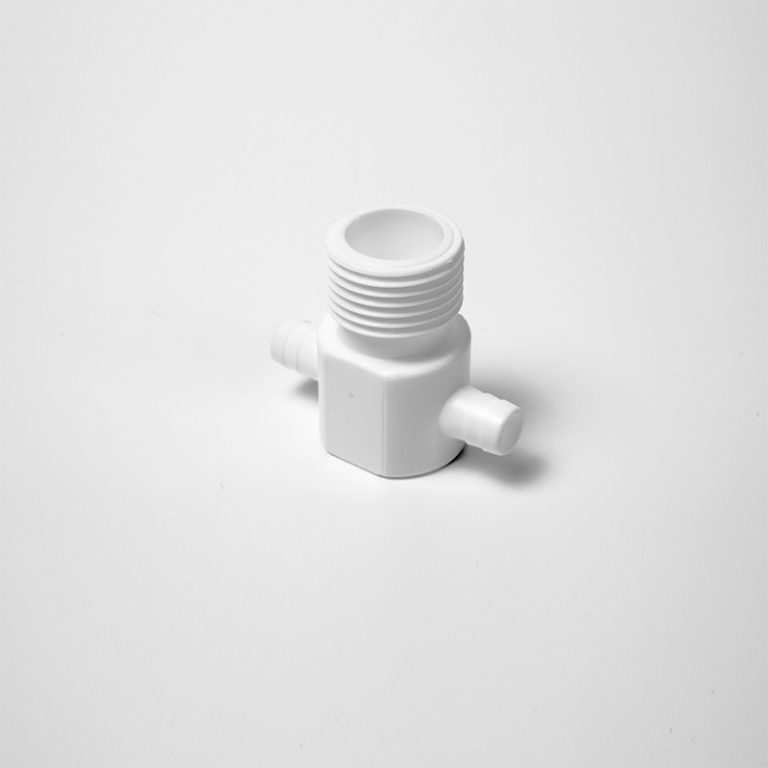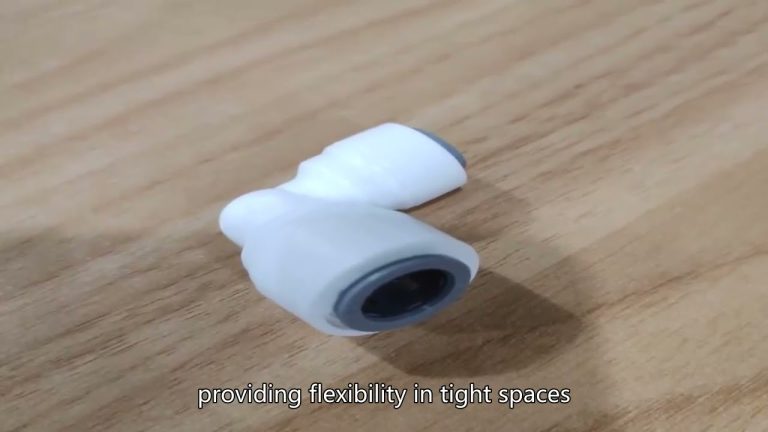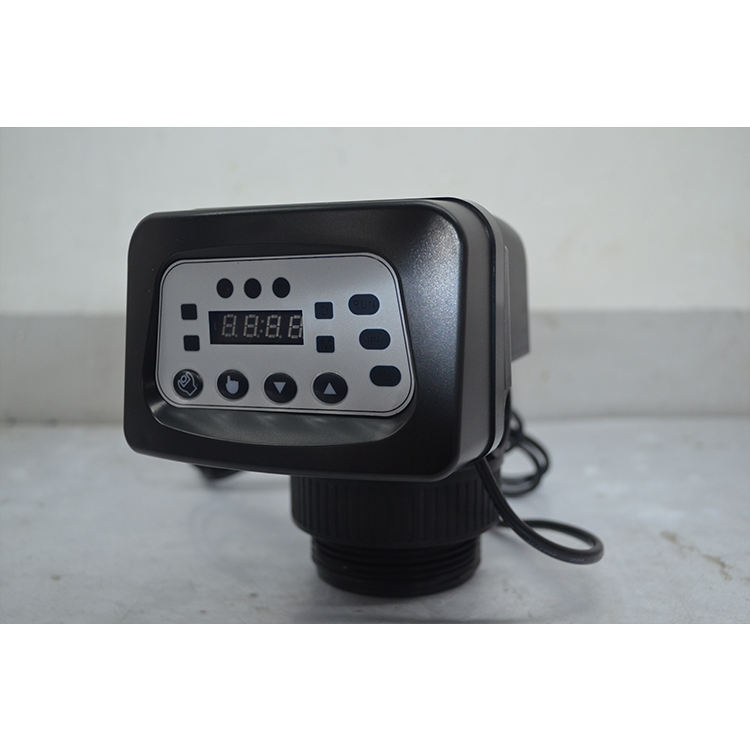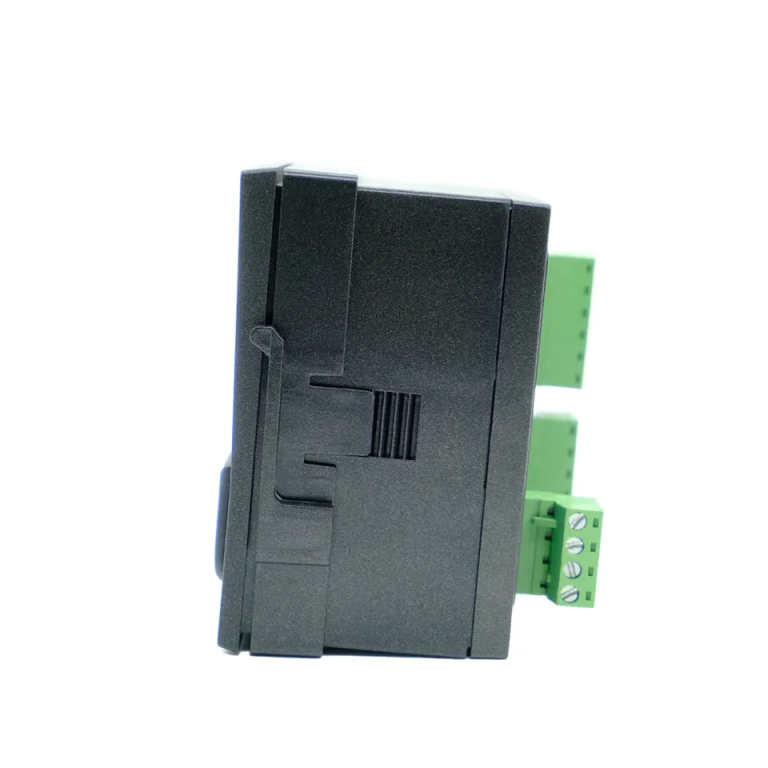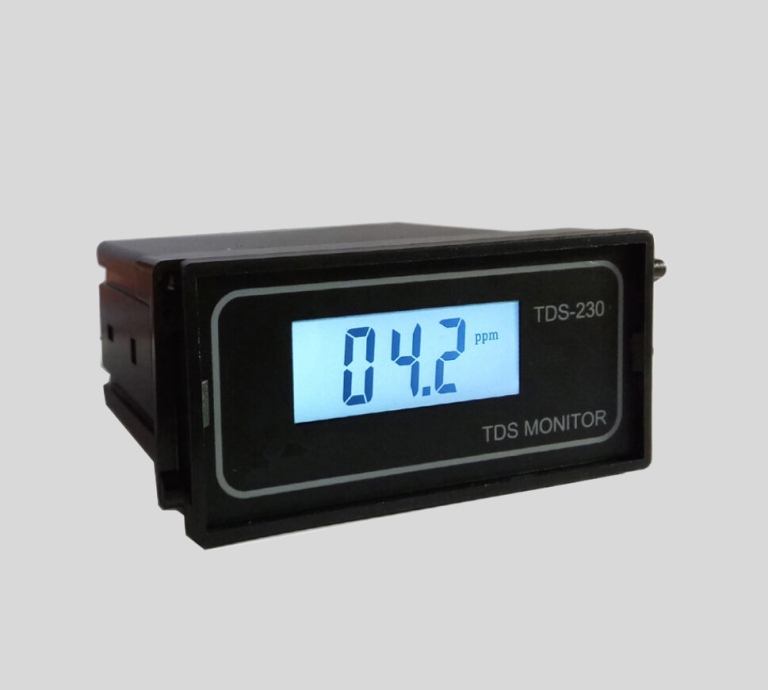Optimal water softener maintenance: Regular draining for peak performance.
The Importance of Regular Water Softener Drainage

Water softeners are an essential component of many households, as they help to remove minerals such as calcium and magnesium from the water supply. Over time, these minerals can build up and cause a variety of issues, including clogged pipes, reduced water flow, and damage to appliances. To prevent these problems, it is crucial to regularly drain your water softener.
| Model: Automatic softener Valve | ASDU2 -LCD/LED |
| Working Position | Service->Back Wash->Downflow Brine and slow rinse->Refill -> Fast rinse->Service. |
| Service->Back Wash->Upflow Brine and slow rinse->Refill -> Fast rinse->Service. | |
| Regeneration mode | Automatic type |
| Meter Delay | |
| Meter immediate | |
| Intelligent Meter Delay | |
| Intelligent Meter Immediate | |
| Timer by day : 0-99 days | |
| Timer by hours: 0-99 hours | |
| Inlet | 1/2” 3/4” 1” |
| Outlet | 1/2” 3/4” 1” |
| Drain | 1/2” |
| Base | 2-1/2” |
| Riser pipe | 1.05” OD |
| Water Capacity | 2m3/h |
| Working Pressure | 0.15-0.6Mpa |
| Working Temperature | 5-50 °C |
| Power Supply | AC100-240 / 50-60Hz / DC12V-1.5A |
But how often should a water softener be drained? The frequency of drainage depends on several factors, including the hardness of your water and the size of your water softener. In general, it is recommended to drain your water softener at least once every three months. However, if you have particularly hard water or a smaller water softener, you may need to drain it more frequently.
Regular drainage is important because it helps to remove the accumulated minerals from the resin bed in your water softener. When the resin bed becomes saturated with minerals, it loses its ability to effectively soften the water. This can lead to a decrease in the efficiency of your water softener and an increase in the amount of minerals that make their way into your water supply.

Draining your water softener is a relatively simple process that can be done by following a few steps. First, you will need to locate the drain valve on your water softener. This valve is typically located at the bottom of the unit and can be opened by turning it counterclockwise. Once the valve is open, you can attach a hose to it and direct the other end of the hose to a suitable drainage area, such as a floor drain or a utility sink.
After connecting the hose, you can open the valve fully to allow the water to drain out. It is important to note that the water that comes out during the drainage process will be highly concentrated with minerals, so it should not be used for drinking or cooking purposes. Once the water has finished draining, you can close the valve and remove the hose.
In addition to regular drainage, it is also important to clean and maintain your water softener on a regular basis. This includes cleaning the brine tank, checking the salt levels, and inspecting the resin bed for any signs of damage or deterioration. By keeping your water softener clean and well-maintained, you can ensure that it continues to function properly and effectively remove minerals from your water supply.
In conclusion, regular drainage is essential for maintaining the efficiency and effectiveness of your water softener. By draining your water softener at least once every three months, you can prevent the buildup of minerals and ensure that your water remains soft and free from impurities. Additionally, regular maintenance and cleaning are important for keeping your water softener in optimal condition. By following these guidelines, you can enjoy the benefits of soft water and avoid the potential problems associated with hard water.

